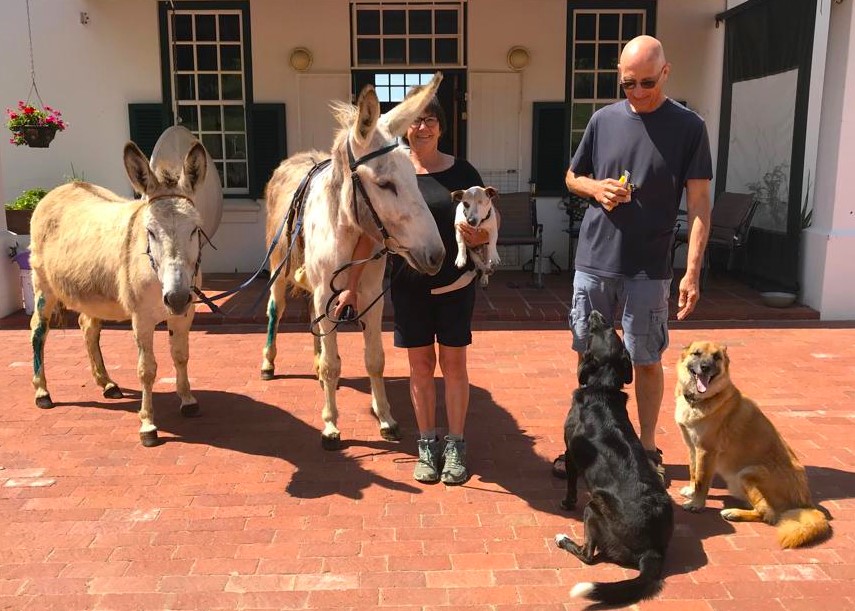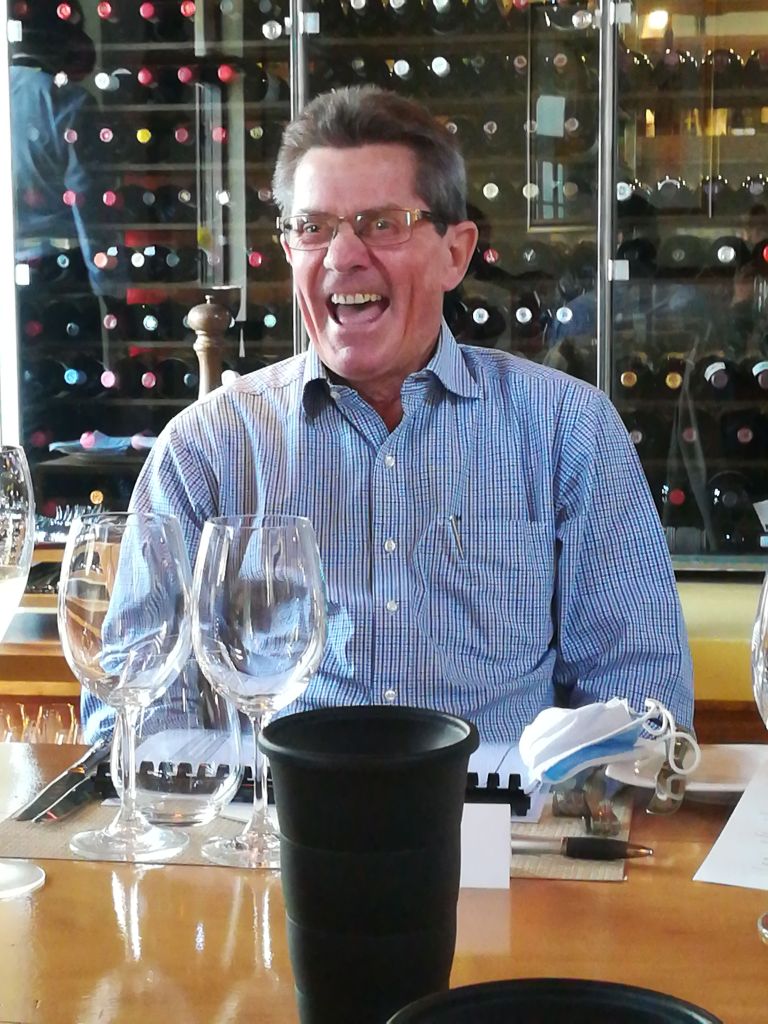Last week I was in Durbanville, more specifically, Meerendal Estate in Durbanville, where I, with a small group of colleagues, were at a prequel to the bicentennial celebrations of Durbanville next year.

I would be surprised if many think often about this old farm, founded in 1702. When I questioned new winemaker Wade Roger-Lund about where visitors come from, he confirmed they’re mainly local, that’s Durbanville local. Perhaps this is less surprising when the farm can be accessed only via central Durbanville or from a big loop off the N7 via Contermanskloof Road; both converge on Vissershok Road where, after a few hundred metres and a couple of potholes (unusual in the Western Cape!), one arrives at Meerendal’s entrance.
If it’s not the easiest place to find and wants some better signposting, Meerendal deserves wider appreciation. As with so many other wine farms, Covid left Meerendal in uncomfortable straits; thanks to now sole owners, the Coertze family, and the appointment of Wade Roger-Lund, given free rein to re-imagine the wines from these cool-climate vineyards, things are looking a lot more positive.

Spruced up buildings have created a more modern, attractive look without detracting from the overall heritage character. The manor house, once a restaurant, is now a boutique hotel; the old barrel cellar, now an airy, attractive sales area with two of the restaurants conveniently adjacent.
The vineyards, mainly young, are being converted to organic; the aim is Ecocert certified 100% organic by 2028. If today’s vines are mainly young, vines have been grown on Meerendal since its founding in 1702; it’s recorded there were then 60 000, with cattle and sheep also farmed. Even in the 18th century, it was recognised as excellent wine growing country.
To the wines. Wade was well-schooled for several years working with JD Pretorius at Steenberg and Gary Jordan at his family winery: time well-spent, lessons well-absorbed. The early vintages of Wade’s Meerendal wines have less extraction, are fresher, more reflective of their origin and in a style generally younger wine lovers prefer.

A glass of Wade’s first Sauvignon Blanc sparkling wine welcomed us to the range. His love of bubbly, no doubt encouraged by JD Pretorius during his time at Steenberg, saw Wade taking Diner’s Club Young Winemaker of the Year award with the first Cap Classique Blanc de Blancs he made for Jordan. Although it is bottle-fermented, this sauvignon can’t be called Cap Classique, as it spent only seven months on the lees (a year is now the minimum). Wade wanted fruit but also a more interesting dimension, which that short lees ageing has imparted. With its fruity profile and lively bubble, it’s an enjoyable, refreshing style.
I believe the method of bottle-fermented sparkling wine (I’m not 100% sure of the wording) is going through the process by SAWIS of becoming an official designation.
More sauvignon and new to the range is the barrel-fermented The Chapel Blanc Fumé, its restrained tropical fruit balanced by freshness and a beneficial hint of oak spice. Reds too are fresher with less extraction. Meerendal Estate Shiraz 2023 weighs in just under 13% alcohol with juicy red berry, clean leather and dark spice flavours backed by frisky, fresh tannin. Just 10% spent a year in oak. Light chilling on a hot day would not go amiss, neither would the R152 price tag, which offers excellent value.
Undoubtedly, the pièce de resistance Wade poured for us was a 2023 barrel sample of the famous Heritage Block Pinotage; it blew us all away with its glorious perfume, more reminiscent of pinot. Planted as bush vines in 1955, this was Professor Perold’s original pinotage, one he viewed as more pinot-like. Cuttings from selected vines established new vineyards nearly ten years ago; by 2025 more will be available of what is officially the Meerendal clone.

Beyond its beguiling perfume, there’s cool-climate purity, freshness and fine but particular tannins, leaving no doubt as to its varietal origin, but one that should appeal to those who dislike the denser, bigger versions or the grape per se. It is entirely worthy of its special status.
Consider what makes this special status and the wine its distinction. The history of the vineyard (the back label confirms it’s the only remaining original pinotage in Durbanville), its venerable age earning it the Certified Heritage Vineyards label. As Meerendal is registered to produce estate wine, it ensures this wine is grown, made and bottled on the farm, thus confirming its authenticity.

It is a wine of integrity but for one factor, it is certified Wine of Origin Cape Town. I’ve never been in favour of this WO, which also encompasses Cape Point, but especially on this wine, which may and should more rightly be certified Wine of Origin Durbanville.
One of the reasons I’ve been told Wine of Origin Cape Town was mooted, is that it is better known than Durbanville, (remember, nearly 200 years old) and apparently confusing to foreigners. Apart from recognition of South Africa itself, Stellenbosch is probably the only region with any recognition factor, but where does that leave Swartland, Robertson or Hemel-en-Aarde for example? It leaves them with enough pride to believe in and promote their own region.
So, Durbanville wine producers, you believe Wine of Origin Cape Town is less confusing for your international and some local customers. What, then do you imagine their reaction is to your regional sauvignon blend, unambiguously labelled Wine of Origin Durbanville Sauvignon Blanc.

Marketing of South African wine here and internationally still wants much work.




















